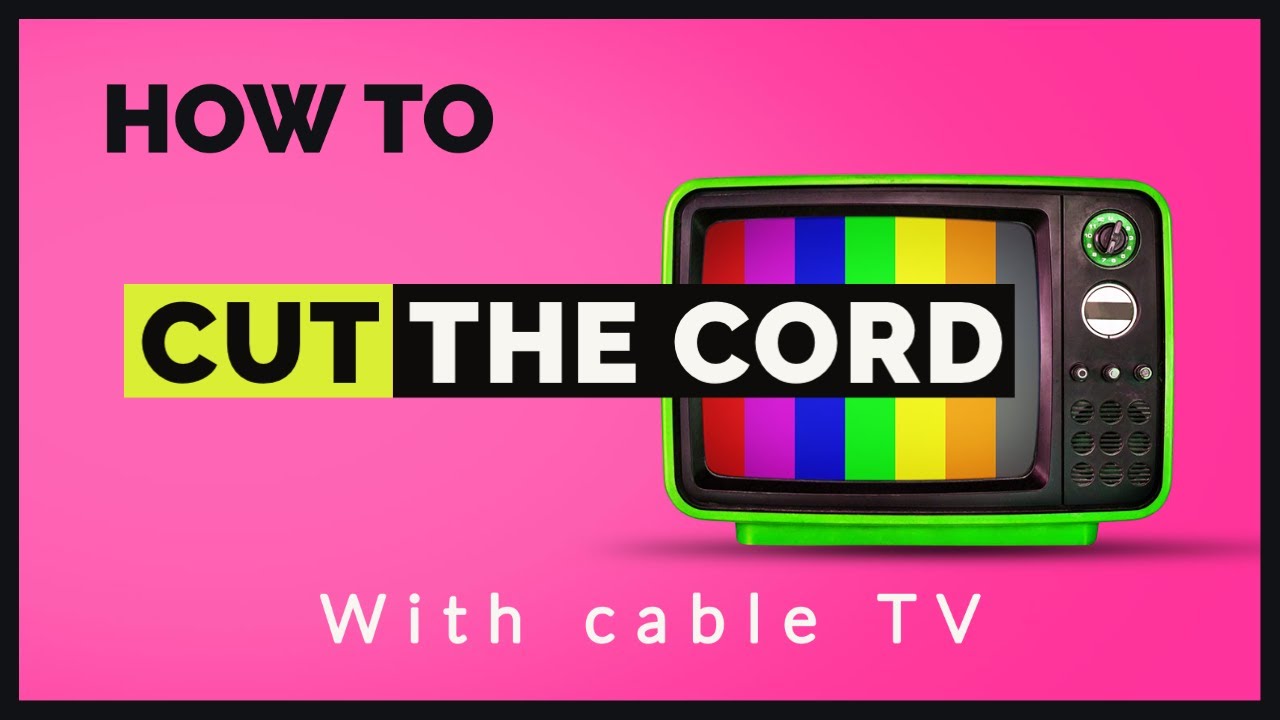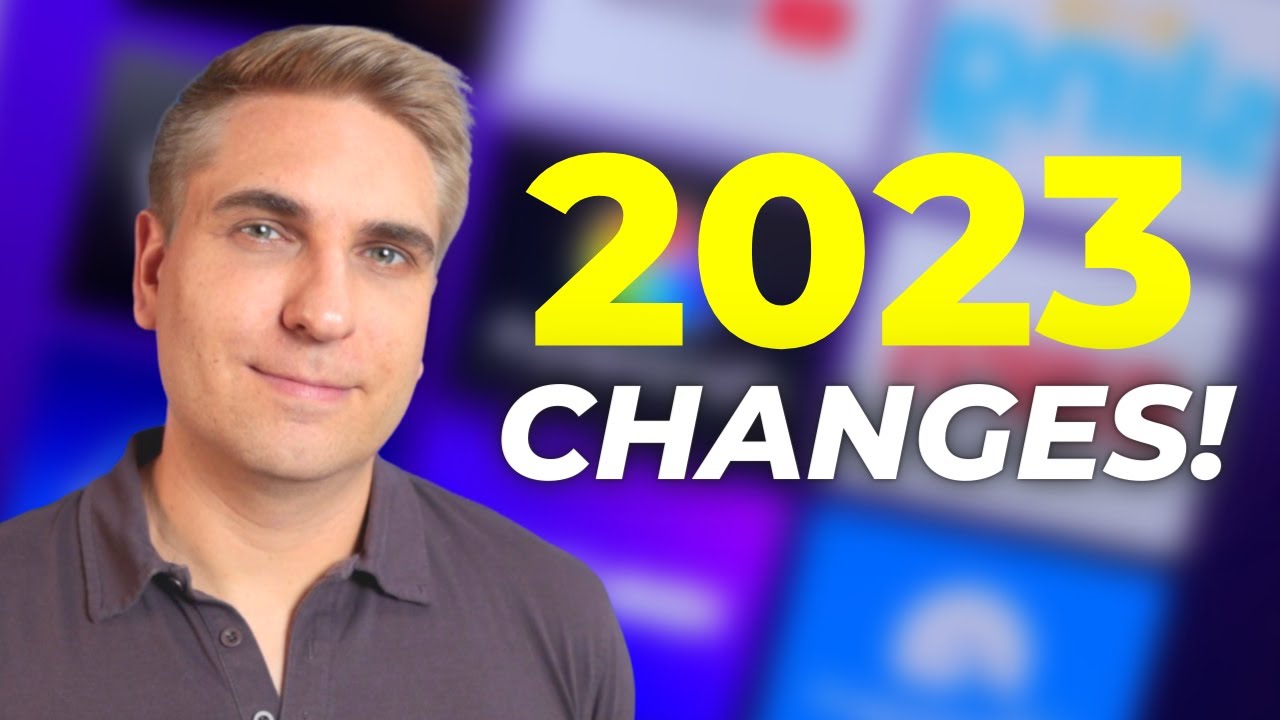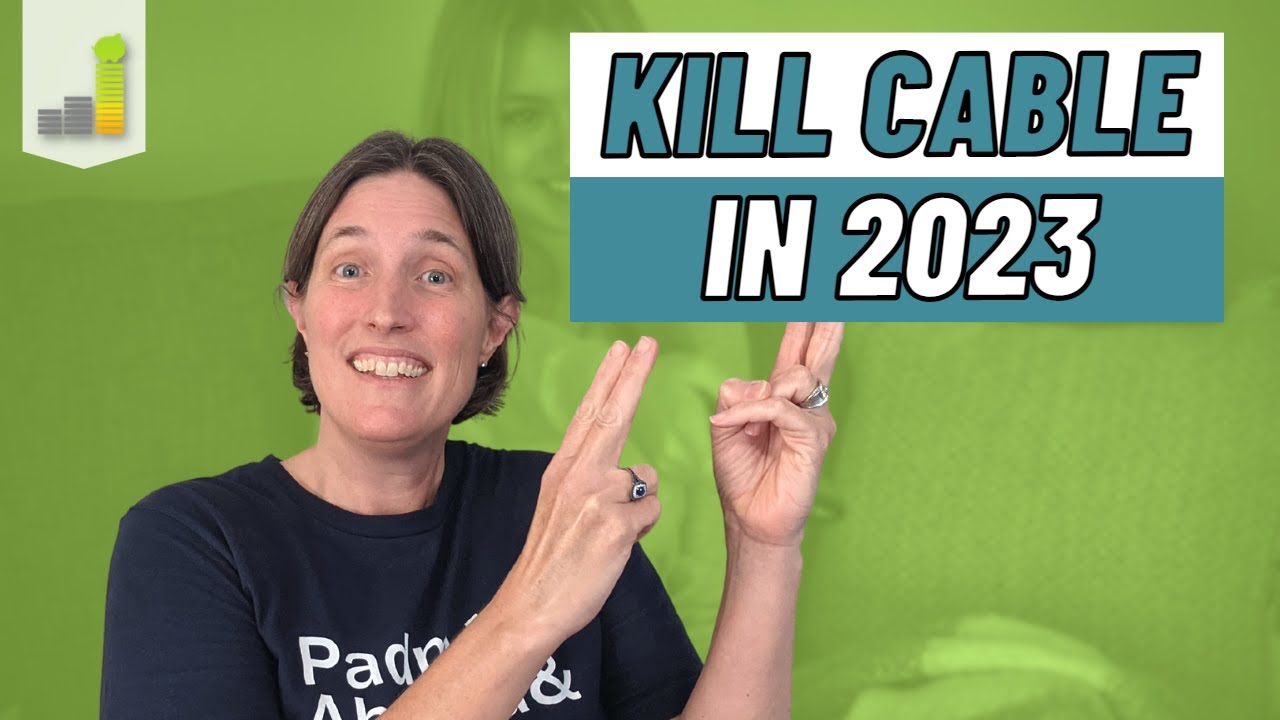Cable Cutting: An In-Depth Guide
W ith the rise of streaming services and the increasing cost of cable bills, more and more people are cutting the cord and opting for cable cutting. Cable cutting, also known as cord cutting, is the practice of canceling cable television subscriptions and instead relying on internet-based streaming services to watch television and movies. In this article, we will delve into the various options for cable cutting, assess which generations tend to opt for this approach, and highlight the benefits, cost savings, and options that are involved when it comes to cable cutting.
Options for Cable Cutting
There are several options for cable cutting, including streaming services, digital antennas, and smart TVs. Streaming services offer a wide range of television shows and movies, including original content that is not available on cable television. Some popular streaming services include Netflix, Hulu, Amazon Prime Video, and Disney+. These services can be accessed on a variety of devices, including smartphones, tablets, laptops, and smart TVs.
Digital antennas allow users to access local channels like ABC, CBS, NBC, and PBS for free. These antennas can be purchased online or at electronics stores. Some newer smart TVs may also have built-in digital antennas.
Smart TVs are internet-connected televisions that allow users to access content from streaming services and digital antennas. Many newer televisions have built-in streaming capabilities and can connect to the internet wireless or through an Ethernet cable.
Generations That Opt for Cable Cutting
While cable cutting can be appealing to people of all ages, younger generations are more likely to opt for this approach. In a survey conducted by Deloitte, 70% of millennials said they had subscribed to a streaming service, compared to 50% of Gen Xers and 35% of Baby Boomers. Additionally, 60% of millennials said they have never had a cable or satellite subscription.
It's not just a matter of age, though. Many people, regardless of age, are looking for more affordable options to access entertainment. According to a survey by the consulting firm Lindo Group, 73% of cord cutters cited cost as the main reason for canceling their cable subscription.
Benefits of Cable Cutting
There are several benefits to cable cutting. Firstly, customers can save a significant amount of money on their monthly bill. According to a study by DecisionData, the average cable bill was $217 per month in 2020. By comparison, a streaming service like Netflix costs $8.99 to $17.99 per month, while Hulu costs $5.99 to $11.99 per month.
Secondly, cable cutting allows users to have more control over the content they watch. Instead of having to sift through channels to find something of interest, users can choose from a vast library of movies and television shows. Additionally, many streaming services offer personalized recommendations based on viewing history and preferences.
Finally, cable cutting is more convenient. Viewers can watch shows and movies on their own schedule, instead of being tied to a specific broadcast time.
Broadband Options
One important consideration for cable cutters is broadband internet service. Streaming services require a high-speed internet connection to function properly, so it's essential to have a reliable broadband provider.
Currently, there are two main options for broadband internet: cable internet and fiber optic internet. Cable internet is the most widely available and is typically bundled with cable television subscriptions. Fiber optic internet is faster and more reliable but is only available in select areas.
Another factor to consider when choosing a broadband provider is data caps. Some internet service providers place limits on the amount of data users can consume each month. Streaming high-definition video can quickly use up a lot of data, so it's essential to choose a plan with a high data cap or no cap at all.
Cost Savings and Options
Cutting the cable cord can save customers a significant amount of money over time. In addition to saving on monthly cable bills, many streaming services offer free trials or promotional rates for new customers. For example, Hulu offers a one-month free trial and then costs $5.99 to $11.99 per month. Netflix offers a one-month free trial and then costs $8.99 to $17.99 per month.
However, it's important to note that while cable cutting can save money in the long run, there may be initial costs upfront. For example, customers may need to purchase a digital antenna or upgrade their internet plan to accommodate streaming services.
There are also several options for streaming devices, including Amazon Fire Stick, Apple TV, Roku, and Chromecast. These devices allow users to connect their televisions to the internet and stream content from various services. They range in price from $29 to $199, depending on the features and capabilities.
Conclusion
Cable cutting is becoming an increasingly popular option for accessing entertainment. With the rise of streaming services and the increasing cost of cable bills, many younger generations are opting for this approach. Cable cutting offers several benefits, including cost savings, more control over content, and convenience.
When considering cable cutting, it's essential to have a reliable broadband internet provider and to consider upfront costs like streaming devices and antennas. With the right setup, customers can access a vast library of movies and television shows, customize their viewing experience, and save money on their monthly bills.


